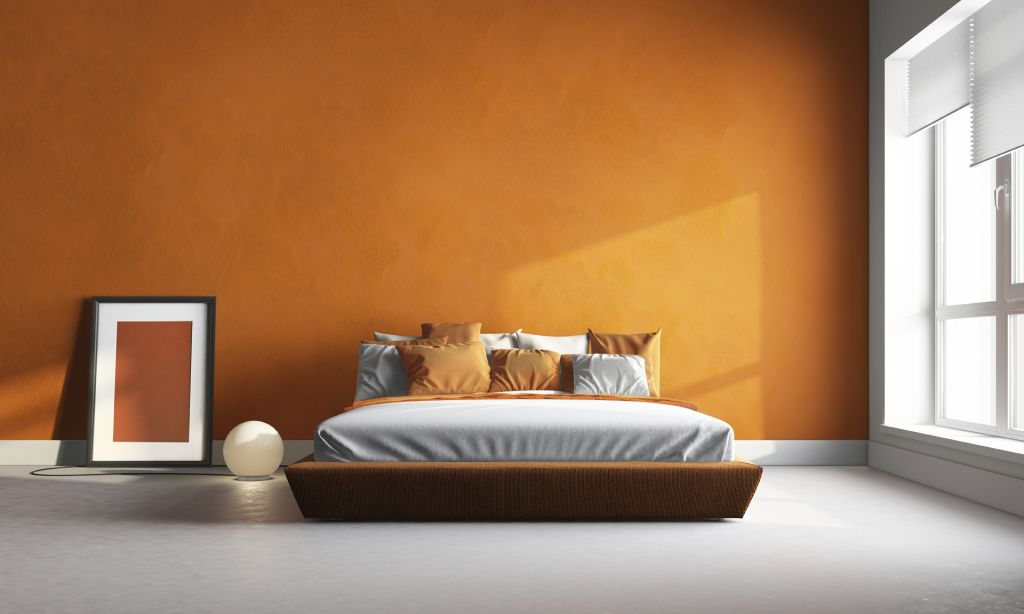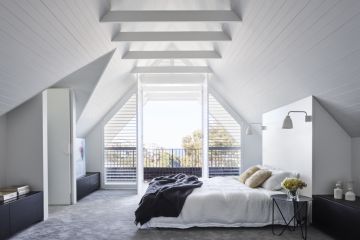7 ways to avoid a decorating disaster

Here are our top seven decorating commandments you should read before getting started.
1. Set your decorating goals
Are you nesting, selling or renting? The answer to this question will have a big impact on your approach. Generally speaking, if you’re redecorating for yourself and your family, there are no bounds – you can try out all your ideas, whether that means unconventional colour schemes, mismatched furniture selections or statement decorations.
On the other hand, if you’re getting your property ready to rent or sell, a more conservative approach is best. You want to present your dwelling as a blank canvas so potential tenants or purchasers can more easily imagine themselves and their belongings taking up residence.
2. Be a bowerbird
As soon as you start thinking about a decorating project, start buying magazines, searching websites and closely observing your friends’ homes. Keep track of finishes, building materials, colour schemes, furniture and decorations you like, either in a box of pages pulled from magazines or an online repository.
Then, look at all the images in the same sitting and see what themes emerge. You may discover a penchant for muted green walls, or that while you’re a big fan of Scandinavian design, your partner loves all things Art Deco.
3. Be stylish, not fashionable
Once you’ve got a handle on your favourite style – and, if necessary, your partner’s – it’s time to make a start. But what if your styles are different?
It needn’t be a big problem; just find some common ground between your tastes. After all, good design is good design, despite the era. Sharing a motif or highlight colour can be a simple way to bring harmony to a room.
Even if one room is dominated by a particular style, introducing some touches of this look into other areas of the home can turn your home from haywire to harmonious.
4. Think like Coco Chanel
Coco Chanel had a great rule for dressing: when you’re ready to go out, look at yourself in the mirror and remove one item. The same principle applies to any room in your house: when you’ve put all your furniture in, take one piece out.
You can always swap it back in later (so long as something else goes) and your rooms will feel more spacious, and more comfortable, as a result.
5. The perfect bedroom
Your bedroom should be a refuge, so think twice before going for a look that’s too dramatic. Warm colours (with a touch of yellow or red) will make your bedroom feel cosy and inviting; cool colours (with a touch of blue or green) will make it feel soothing and relaxing.
Light and space are also important, so opt for a bed that’s just right, not the biggest size the room can hold, and invest in some stylish bedside lamps. They’re practical and easy to switch out if your tastes change.
6. Your living room is not a showroom
Avoid the furniture showroom look by mixing and matching your furniture. It’s also a great way to show your individual style. One handy rule of thumb is to make sure your couch and armchairs contrast, with different coverings (like leather versus fabric), shapes (such as angular versus rounded) and textures (think chunky fabric versus bent plywood).
7. Kitchens and bathrooms are workspaces
Make sure you have enough light, space and storage in the kitchen and bathroom. These are the two rooms every house has to get right, especially if you’re selling or renting. You should supplement natural light with artificial light over workspaces; there should be enough storage to give every appliance or gadget a home; and you should resist the urge to clutter the space with too many extras.
For more inspirational decorating ideas head to our DIY Decoration Guide for the Home.
We recommend
We thought you might like
States
Capital Cities
Capital Cities - Rentals
Popular Areas
Allhomes
More







